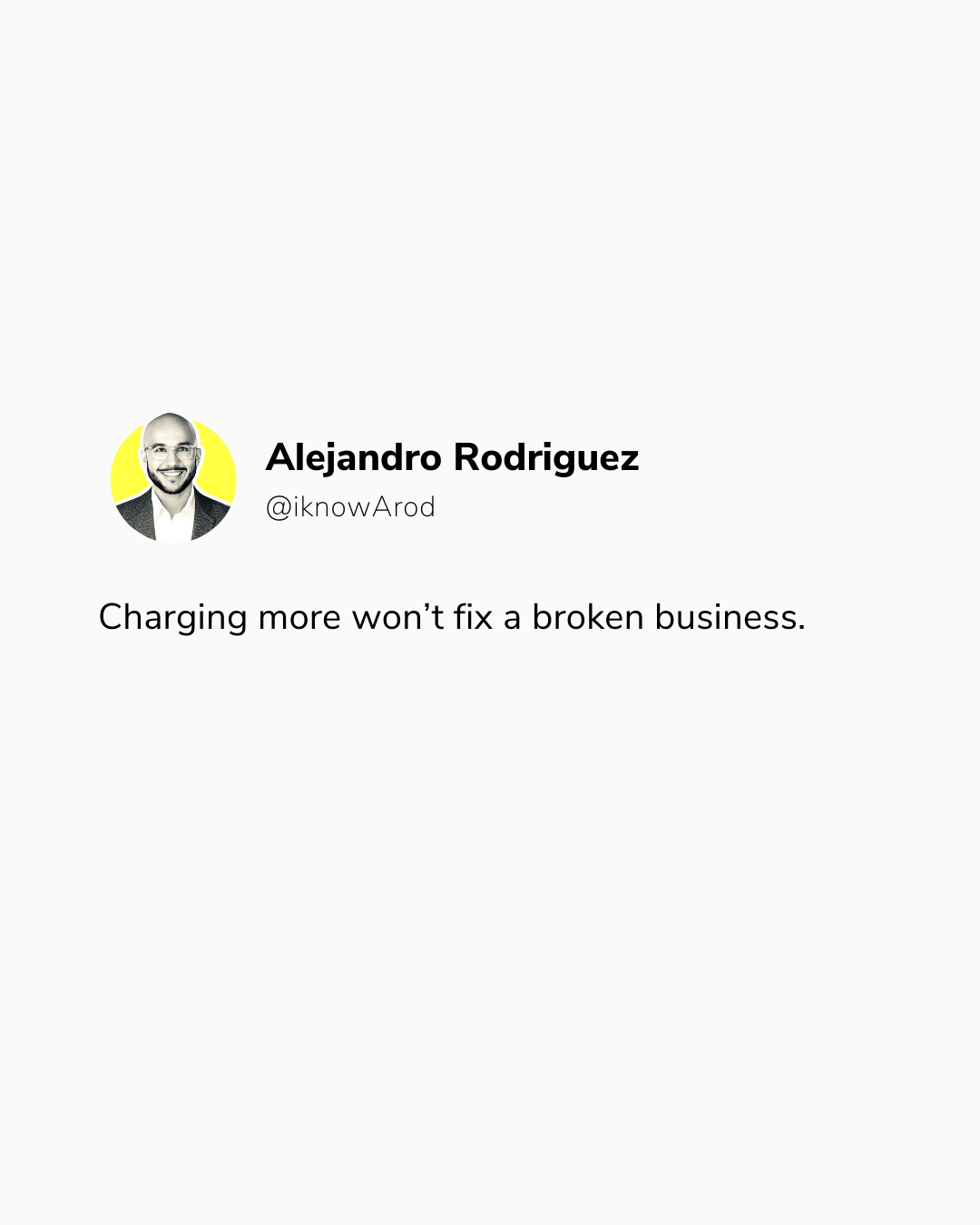Not every client is a good client. Some projects can drain your time, energy, and profitability, leaving you frustrated and overworked. The best freelancers and agency owners learn to spot red flags early and walk away from bad deals before they become a problem.
Taking on the wrong clients can lead to endless revisions, delayed payments, and unnecessary stress. The key to building a thriving web consulting business is working with clients who respect your time, expertise, and pricing.
Here are seven client red flags you should never ignore.
1. They Try to Negotiate Your Price Immediately
When a potential client’s first question is “Can you do it cheaper?” that is a clear warning sign. Price shoppers are often difficult to work with because they focus on cost instead of value.
Why it is a problem:
- They may not respect the quality of your work.
- They often ask for extra work without wanting to pay more.
- They are more likely to delay payments or disappear altogether.
How to respond: Hold firm on your pricing. If they cannot afford your services, they are not the right client for you.
2. They Have No Clear Goals or Direction
A client who does not know what they want will likely change their mind frequently, leading to endless revisions and scope creep.
Why it is a problem:
- You will spend more time figuring out what they need than actually doing the work.
- They may ask for constant changes, leading to frustration.
- The project timeline will likely keep shifting.
How to respond: Ask specific questions about their goals and expectations. If they cannot provide clear answers, help them define their vision, but only if they are willing to pay for that guidance.
3. They Have Unrealistic Expectations
Some clients expect overnight results or demand a fully custom website on a tiny budget. These are the clients who will never be satisfied, no matter what you deliver.
Why it is a problem:
- They may ask for constant revisions beyond the agreed scope.
- They will not appreciate the time and effort required for quality work.
- They may expect immediate results from things like SEO or conversions, which take time.
How to respond: Set clear expectations upfront. Be honest about timelines, pricing, and what is realistic. If they push back, they are likely not the right fit.
4. They Do Not Respect Your Process
Every successful freelancer and agency has a defined workflow. When a client disregards your process and tries to dictate how things should be done, problems arise.
Why it is a problem:
- They may demand constant updates or try to micromanage the project.
- They might push for shortcuts that compromise quality.
- They often ignore deadlines on their end while expecting you to meet yours.
How to respond: Explain your process clearly and require agreement before starting. If they resist, they may not be a good fit.
5. They Avoid Signing a Contract or Paying a Deposit
Clients who refuse to sign contracts or delay making payments upfront are major red flags.
Why it is a problem:
- They may try to change the terms of the agreement later.
- They could delay payment or refuse to pay altogether.
- They might disappear after receiving partial work.
How to respond: Never start work without a signed contract and an initial payment. If a client hesitates, they may not be serious about the project.
6. They Constantly Compare You to Cheaper Options
If a client keeps mentioning cheaper freelancers or agencies, they likely do not see the value in your expertise.
Why it is a problem:
- They may expect premium service at a bargain price.
- They might push for additional work without increasing the budget.
- They are more likely to switch providers frequently.
How to respond: Position yourself as an expert, not a commodity. If they want cheap, let them go elsewhere.
7. They Have a History of Working with Multiple Providers
If a potential client has worked with several freelancers or agencies in a short period, that is a red flag.
Why it is a problem:
- They may be difficult to satisfy.
- They might not commit to long-term work.
- They could have unrealistic expectations or poor communication habits.
How to respond: Ask why they are switching providers. If their reasons seem unreasonable or they blame every past provider, proceed with caution.
Not every client is worth taking on. The best web consultants learn to identify red flags early and walk away from projects that will cause more harm than good.
By setting clear expectations, holding firm on pricing, requiring contracts, and choosing clients who respect your expertise, you can build a business that is both profitable and stress-free.
If a client raises multiple red flags, trust your instincts, it is better to pass on a bad project than to regret taking it later.
Ready to Grow Your Web Consulting Business?
If you are looking to take the next step in growing your web consulting business, learn how at: http://join.webconsulting.com/

